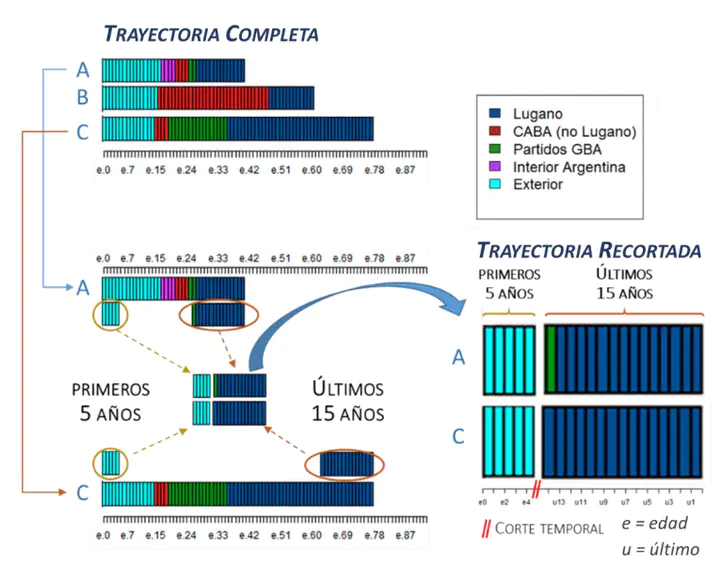Residential typology and micro-segregation processes in the ancient southern periphery of Buenos Aires
A residential mobility perspective

Abstract
Although the idea that the characteristics of housing developments and their environments have effects on the daily lives of their residents is not new in studies of residential segregation processes, little research has yet been done on issues related to the differences that exist - on a micro-spatial scale - in the segregated environments of Latin American metropolises. In order to advance in the analysis of these issues, this paper compares different residential typologies - large housing complexes built at the end of the 1970s, recently built social housing complexes, villas, settlements and formal city residential areas - that share their location in a segregated area of the city of Buenos Aires, the neighbourhood of Villa Lugano. In order to account for the differences and similarities between these residential typologies that coexist in segregated environments, it is proposed to focus on the residential mobility practices of their inhabitants. Within this framework, the study attempts to answer the following questions: Who are the residents of these segregated areas of the city? How and when did they arrive in these neighbourhoods? Does access to different residential typologies that share their location in the city lead to a reduction (or an increase) in segregation?